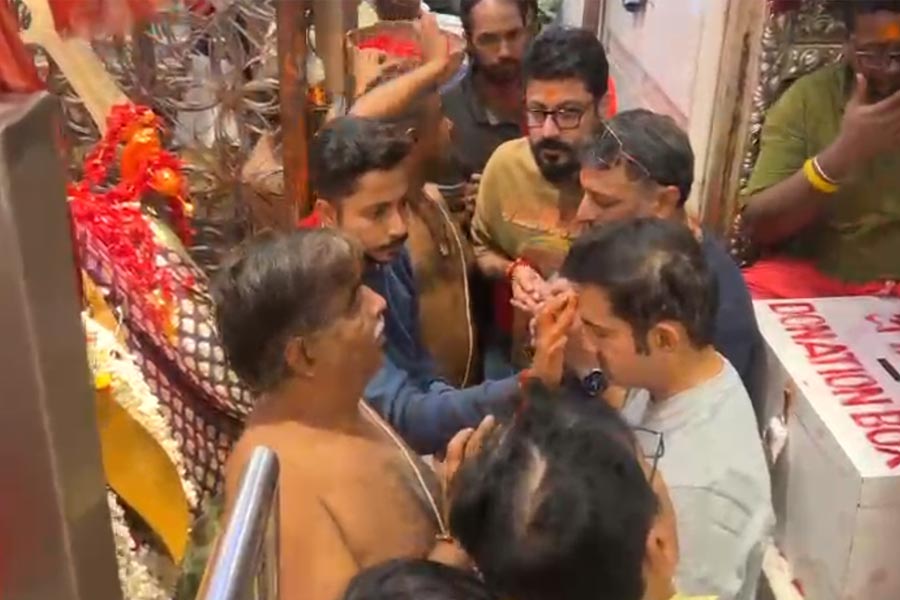A survey undertaken by the Archaeological Survey of India (ASI) through its various field offices revealed that 18 protected monuments and sites are "not in good state of preservation", the government informed the Parliament on Thursday.
Union Culture Minister Gajendra Singh Shekhawat said this in a written response to a query in the Rajya Sabha.
He was asked about the reasons cited for the disappearance of many ASI-protected monuments as reported to the Parliament earlier, including any specific challenges faced by the ASI in their preservation.
The performance audit report of the Comptroller and Auditor General (CAG) of India had in 2013 stated that 92 protected monuments were found missing, but 74 of them have been traced, the Centre had informed the Parliament in December 2023.
The ASI is tasked with protection of centrally protected monuments.
"The performance Audit Report of Comptroller and Auditor General of India (18 of 2013) has stated that 92 protected monuments are missing. Subsequent survey undertaken by the Archaeological Survey of India (ASI) through its various field offices revealed that 18 protected monuments and sites are not in good state of preservation," the Union minister said in his response.
"During the survey field offices of the ASI noticed pressure due to rapid urbanisation as one the major challenges impacting monuments," he said.
Further, watch and ward is provided at monuments through multi-tasking staff, private security guards and CISF. Besides, periodic inspections are also undertaken, he added.
There are over 3,690 ancient monuments and archaeological sites and remains declared as of national importance by and under the Ancient Monuments and Archaeological Sites and Remains Act, 1958.
He was also asked about the measures being taken by government to locate these missing monuments and to prevent further occurrences of such incidents; the details of the protocols established for monitoring the status of centrally protected monuments, including frequency of inspections and reporting; and the impact of the disappearance of these monuments on cultural heritage tourism and local communities.
"National Policy for Conservation adopted by the ASI stipulates regular inspections of protected monuments to ascertain status. Primarily, officials in Sub-circles and Circles of the ASI undertake regular inspections of monuments. Further, officers from Regional Directorate and Headquarters, also inspect and monitor status of monuments," the minister added.
In a separate query, he was also asked about the total number of "unauthorised constructions" carried out in prohibited and regulated areas of each protected monument of the ASI.
"As and when any unauthorised construction is reported in prohibited or regulated area, the ASI initiates action as per provisions of the Ancient Monuments and Archaeological Sites and Remains Act, 1958 (AMASR Act, 1958)," he added.
In his response, the minister also shared the number of cases reported with respect to unauthorised constructions carried out in prohibited and regulated areas in various states and UTs.
As per the existing rule position, Section 20A of the AMASR Act, 1958, stipulates that an area extending to 100 meters from the protected limit is prohibited area and Section 20B of the AMASR Act, 1958, stipulate that an area extending to 200 meters from the prohibited limit is regulated area, he said.
Except for the headline, this story has not been edited by The Telegraph Online staff and has been published from a syndicated feed.











